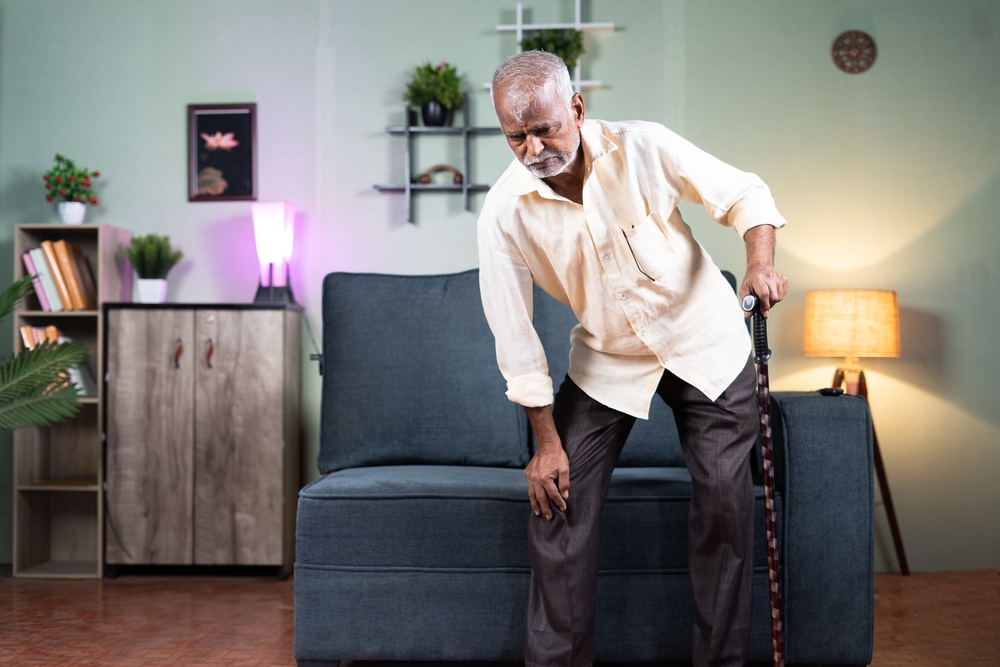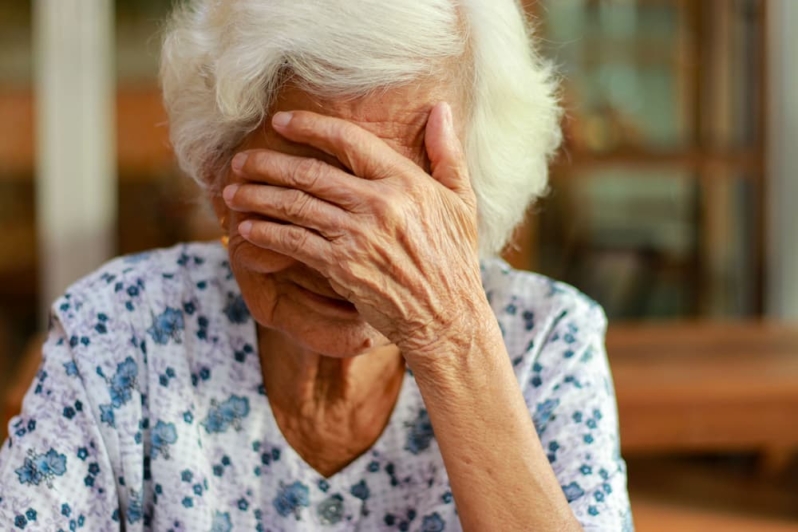Preventing and Reducing the Risk of Falls: Tips and Recommendations
Each year, 36 million older adults fall, with one out of every five falls resulting in physical trauma, the Centers for Disease Control and Prevention report. Injuries from falls, such as hip fractures, can lead to hospitalizations, surgeries, and nursing home stays. Experiencing a fall or living in fear of falls can reduce your quality of life and separate you from family and friends.
Posted on September 17, 2022

AginginPlace.org provides a freely available, medically reviewed guide on preventing falls, with lifestyle, mobility, and home improvement recommendations to help you avoid falls, maintain independence, and assuage any fears you may have of falling.
Lifestyle Changes
Lifestyle modifications can prevent falls.
- Having the proper footwear is essential. Although slippers and socks can be comfortable to wear inside the home, use supportive shoes with nonskidding soles indoors.
- Wear properly fitted clothing. You could trip over oversized, baggy clothing.
- Maintain a well-organized, clutter-free living space. Items in the home, such as cords and surplus furniture, can be a tripping hazard. Decluttering can keep the interior of your living space safer.
- Vision problems can cause falls, so visit your eye doctor regularly.
- Talk to your primary care physician to learn more about any medications or health conditions that may make your gait unsteady.
- When you move about your home, do not rush. Take your time, moving slowly and carefully. Use short steps to avoid slipping.
Mobility Exercises
Staying active and physically fit is an essential element of fall prevention.
- Engage in exercises such as walks, tai chi, and water aerobics regularly to maintain your fitness.
- Practice balance exercises that improve lower body strength and help you stay on your feet three days a week for 10 to 15 minutes at a time.
- Use mobility aids, such as canes and walkers, to help you stay steady.
- Be aware of your surroundings.
Home Modifications
As you age, you can adapt your home to your needs.
- Keep your home well-lit. Install lighting into dark areas, such as hallways and stairways. Nightlights can illuminate your home in the dark, allowing you to see your surroundings and avoid tripping.
- Place grab bars and handrails around your home in locations where you might lose your balance, such as bathrooms, hallways, and stairways.
- Keep everyday items within your reach. Avoid storing items in high or hard-to-access places. If you choose to keep things in high places, use a sturdy step ladder with a safety bar or a reach extender — a tool for retrieving out-of-reach objects.
- To stop falls before they happen, look for hazards in your home and remove them.
More from our blog…
Capacity Requirements for Executing Estate Planning Documents
Proper execution of a legal instrument requires that the person signing have sufficient mental "capacity" to understand the implications of the document. While most people [...]
What You Should Know About Long-Term Care
Research shows that roughly one in seven adults aged 65 or older will need long-term care at some point in their later years. Meanwhile, tens of millions [...]
Understanding Medicaid: What Does Medicaid Cover?
In the complex and frequently changing landscape of health care in the United States, Medicaid stands out as a vital program. Since 1965, it has [...]
Elder Financial Abuse: How an Elder Law Attorney Can Help
Elder financial abuse is a significant issue affecting many older adults nationwide. It involves someone exploiting or misusing an older person’s finances or assets for [...]
Recent blog posts

FREE WEBINAR
5 Things to Know About
Estate Planning
When You Turn Sixty-Five





